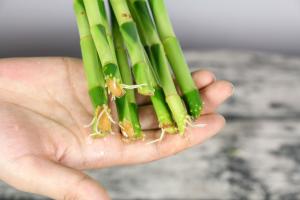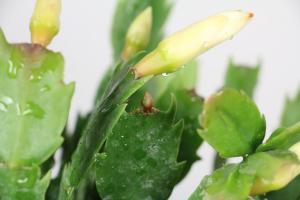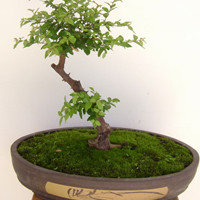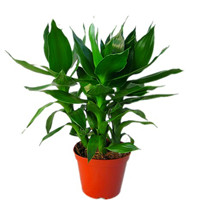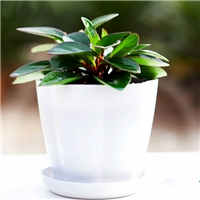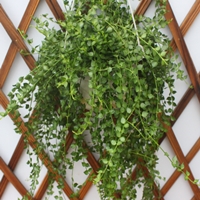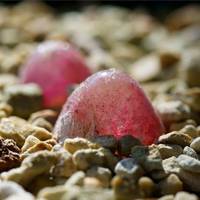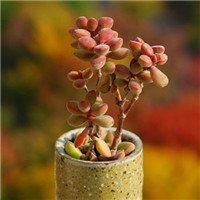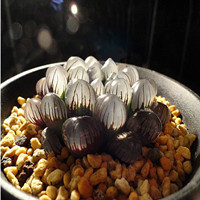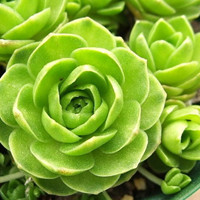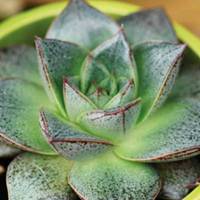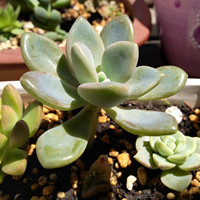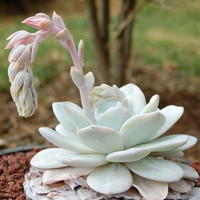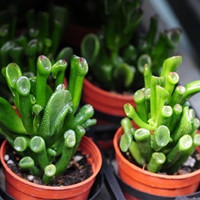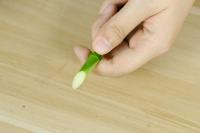How to Stake a Potted Tomato Plant
If you grow tomato plants in pots, you might want to consider staking them to prevent the plant from bending or breaking under the weight of its fruits. Staking a tomato plant also improves the quality of the fruits, as it enhances air circulation, protects the plant from soil-borne pests, and minimizes the contact of the fruit with the soil, which can cause rotting. Here are some steps on how to stake a potted tomato plant:
Step 1: Choose the Stake
The first thing you need to do is select a stake that can support the weight of the tomato plant. The stake should be sturdy enough to withstand the wind and the weight of the fruits. A bamboo stake, a metal stake, or a wooden stake are popular choices. Consider the height of the stake, which should be at least six feet tall to provide adequate support for indeterminate tomatoes.
Step 2: Install the Stake
The next step is to install the stake in the pot. Place the stake on the side of the pot, about an inch from the plant's main stem. Drive the stake into the soil until it reaches the bottom of the pot. Make sure the stake is vertical and stable. You can use a rubber band or a piece of string to attach the stake to the pot to prevent it from falling over.
Step 3: Tie the Plant
Once the stake is in place, it's time to tie the tomato plant to the stake. The best way to do this is to use soft ties made of material such as old t-shirts, stockings, or hosiery. Avoid using wire or string that can cut into the plant stem. Start tying the plant stem loosely to the stake with a figure-eight loop. Continue tying the tomato plant every six to eight inches as it grows taller. Make sure not to tie it too tightly as it can damage the plant.
Step 4: Prune the Plant
To promote the growth of strong stems and healthy fruits, you need to prune the tomato plant regularly. Pruning involves removing the suckers, which are the shoots that grow between the main stem and the side branches. Suckers can divert the energy of the plant from the fruits, and they can also shade the fruits and reduce their quality. Use a sharp pair of scissors to cut the suckers when they are small to prevent them from growing too large.
Step 5: Water and Fertilize the Plant
Finally, water and fertilize the tomato plant regularly to keep it healthy and productive. Tomatoes need consistent moisture to prevent them from cracking and rotting. Make sure the soil is moist but not waterlogged. Fertilize the plant every two weeks with a tomato-specific fertilizer that contains essential nutrients such as nitrogen, phosphorus, and potassium. Follow the instructions on the label and avoid over-fertilizing as it can burn the plant roots.
With these simple steps, you can stake your potted tomato plant and enjoy a bountiful harvest of juicy, flavorful tomatoes. Happy gardening!

 how many times do yo...
how many times do yo...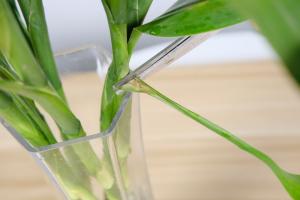 how many planted tre...
how many planted tre...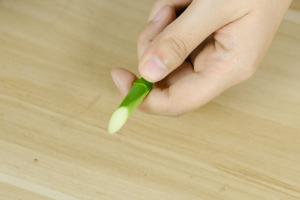 how many pine trees ...
how many pine trees ... how many pecan trees...
how many pecan trees... how many plants comp...
how many plants comp... how many plants can ...
how many plants can ...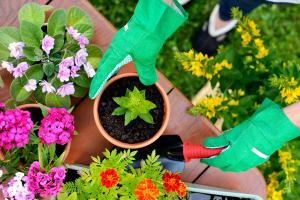 how many plants and ...
how many plants and ...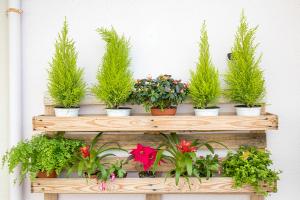 how many pepper plan...
how many pepper plan...

